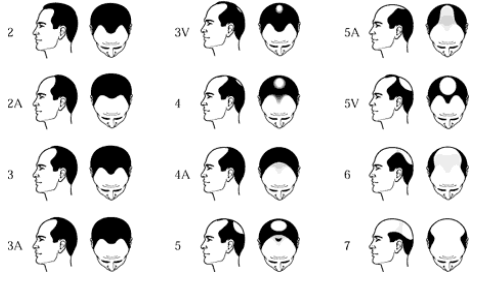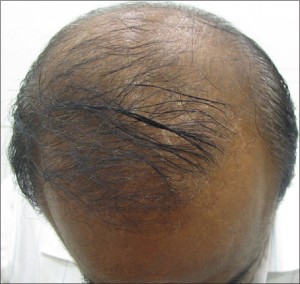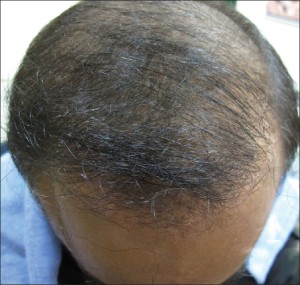
Music is the ultimate form of rhythmic expression in our society. Since the beginning of time, different genres, artists, and styles have come and gone. Today, we have a plethora of music available to us, hailing from all across the globe, cultures near and far. One of these genres, made famous during the 80s, rap music, has come under a lot of heat. Critics say that rap music, and more specifically gangster rap, causes increased violence and aggression and poses a threat to civil obedience.
In a paper entitled The Negative Influence of Gangster Rap And What Can Be Done About It, published by Stanford University, Professor Anthony M. Giovacchini discusses how the vulgar lyrics in gangster rap are having an alarming effect on the actions of Americans. He argues that the violence and civil disobedience portrayed and idolized in gangster rap music inspires similar actions in the real world. Professor Giovacchini specifically references an incident in Texas, in which Officer Bill Davidson was shot, stating,
“Howard shot and killed Davidson with a nine millimeter Glock pistol, while this gangster rap, also talking about killing cops with nine millimeter Glock pistols was playing in the car. Under these circumstances, it would be difficult to think that the music in the car did not have any influence on the situation.”
The Davidson family actually ended up taking rapper, Tupac Shakur, to court over the matter, claiming his lyrics incited the aggression against Officer Davidson. Although, the courts expressed serious disdain for the music in question, they ultimately ruled with the defendant. Judge John D. Rainey summarized his remarks in a statement to the court,
“2Pacalypse Now is both disgusting and offensive. That the album has sold hundreds of thousands of copies is an indication of society’s aesthetic and moral decay. However, the First Amendment became part of the Constitution because the Crown sought to suppress the Farmers’ own rebellious, sometimes violent views. Thus, although the Court cannot recommend 2Pacalypse Now to anyone, it will not strip Shakur’s free speech rights based on the evidence presented by the Davidsons”
In a more recent study by Dr. Eliana Tropeano of Western Connecticut State University, subjects were tested in order to determine the effect rap music had on their aggression levels. Dr. Tropeano enlisted the help of 33 undergraduate students from her university; 11 students listened to recordings by DMX, 11 students listened to recordings by Will Smith, and 11 students didn’t listen to any recordings. Afterwards, researchers administered a 12 question test to each participant, designed to rate their levels of violence and aggression. Dr. Tropeano found that,
“The violent group’s scores were much higher than the nonviolent group’s scores. Also, the control group’s scores were higher than the nonviolent group’s scores. “
These test results are incredibly significant because they show the effect music has on aggression, not just violent rap music. It is true that listening to violent rap music made the participants more inclined to violence, but listening to non-violent rap music made them less inclined to violence, as well. Basically, music will influence how you feel and react on a daily basis, if it is violent music it will affect you accordingly and if it is relaxed music it will do so as well. The choice of what music to listen to, and how to act on those feelings is entirely up to the individual.
Furthermore, research performed by Dr. Hajimi Fukui, a world renowned endocrinologist, actually shows that music lowers testosterone levels in men. Fukui had participants listen to a variety of music and measured their testosterone levels via saliva test, before and after. Fukui found that all music increased the testosterone levels of women, and all music lowered testosterone levels in men. This further weakens the case against gangster rap, as even violent music has shown to lower testosterone levels.

In summation, violent rap music has shown to make people more excited or inclined to violence, however the choice of music and the decision to react physically towards it is incumbent upon the listener. Additionally, despite the musics effects on the psyche, it has shown to lower testosterone in men, making them less likely to act upon these lyrics. Rappers are not responsible for the way in which others interpret their art, nor are they responsible for keeping it away from at-risk individuals and youth. As a society, we need to make it a priority to teach young, impressionable people that although gangster rap is unique and interesting it is not indicative of how we should act in normal, civilized society. Additionally, gangster rap accounts for merely a thimble’s worth of the relevant rap music available. Rappers, such as Mos Def, Talib Kweli, Wyclef Jean, and Will Smith are famous for the positive messages they include in their lyrics; positive messages that would likely inspire positive emotions in listeners. To all those who continue to point the finger at Snoop Doggy Dogg, rappers, and the music industry, to those who believe free speech can be trumped by a need for civil obedience, I believe Tupac said it best,
My .44 make sure all y’all kids don’t grow”

https://web.stanford.edu/class/e297c/poverty_prejudice/mediarace/negative.htm
http://ic.galegroup.com/ic/ovic/ViewpointsDetailsPage/ViewpointsDetailsWindow?query=&prodId=OVIC&contentModules=&dviSelectedPage=&displayGroupName=Viewpoints&limiter=&disableHighlighting=&displayGroups=&sortBy=&search_within_results=&zid=&p=OVIC&action=2&catId=&activityType=&documentId=GALE%7CEJ3010870221&source=Bookmark&u=lom_accessmich&jsid=fc52457ee5b9162d64bf20c8bda5e731
Click to access tropeano.pdf




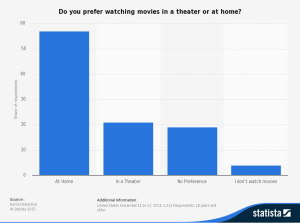







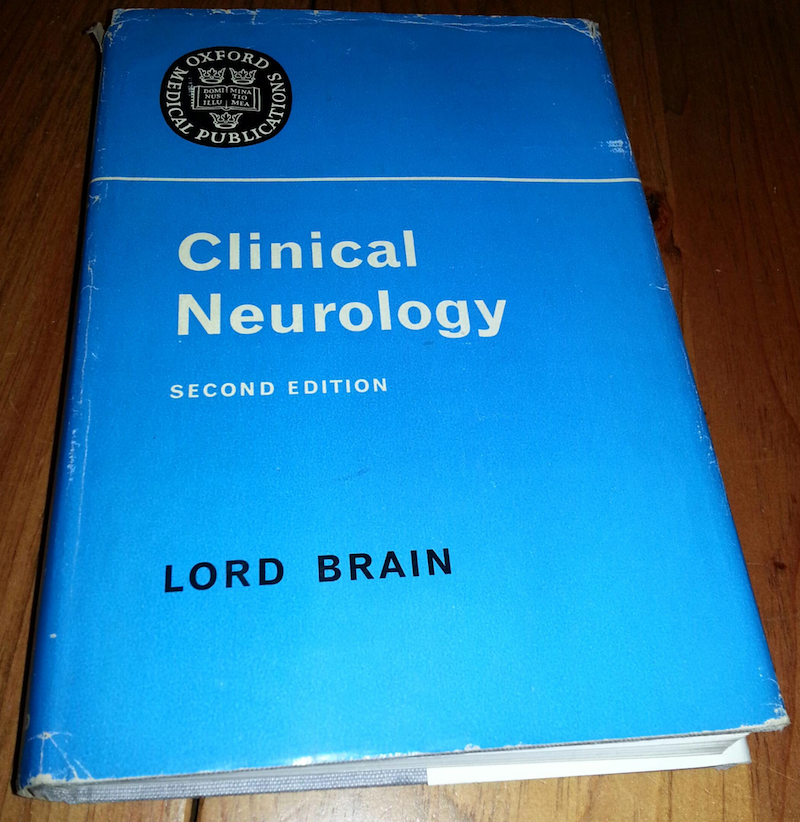


 The study found that compared to workers in office without windows, those with windows in the workplace received 173 percent more white light exposure during work hours and slept an average of 46 more minutes per night. Workers without windows had lower scores, and had poorer outcomes in measures of overall sleep quality, sleep efficiency, sleep disturbances and daytime dysfunction.
The study found that compared to workers in office without windows, those with windows in the workplace received 173 percent more white light exposure during work hours and slept an average of 46 more minutes per night. Workers without windows had lower scores, and had poorer outcomes in measures of overall sleep quality, sleep efficiency, sleep disturbances and daytime dysfunction. light at all.
light at all.

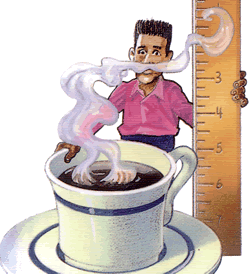 I cannot recall when, but ever since I was young, I was discouraged to consume coffee. Everyone told me, “Coffee will stunt your growth!” Fast forward to college, I have met people who cannot go a day without their Starbucks or Dunkin Donuts. My question is: Does coffee stunt growth? What are the pros and cons of the popular beverage? Should I cancel my Starbucks card? I decided to investigate this topic, for coffee seems to be a new addiction everyone has in the US.
I cannot recall when, but ever since I was young, I was discouraged to consume coffee. Everyone told me, “Coffee will stunt your growth!” Fast forward to college, I have met people who cannot go a day without their Starbucks or Dunkin Donuts. My question is: Does coffee stunt growth? What are the pros and cons of the popular beverage? Should I cancel my Starbucks card? I decided to investigate this topic, for coffee seems to be a new addiction everyone has in the US.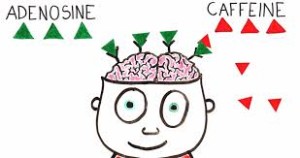









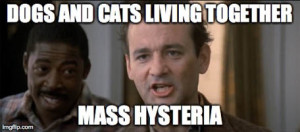




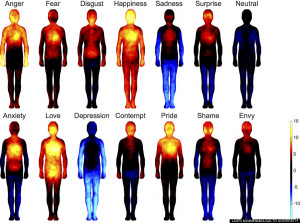
 mediately come to mind. Lions, bears, tigers, sharks, and other large predatory animals, atop each of their respective food chains. While these animals are undoubtedly not to be taken lightly, none of them actually crack the top 5
mediately come to mind. Lions, bears, tigers, sharks, and other large predatory animals, atop each of their respective food chains. While these animals are undoubtedly not to be taken lightly, none of them actually crack the top 5  r areas in Asia and Africa, where proper medical treatment is very difficult to come by. Though there is a vaccine, rabies is so deadly because once someone is infected and shows any symptoms, it is fatal 99% of the time. In other words, if you cant get the vaccine beforehand, and you cant reach it directly after being exposed to rabies, there is nothing that can be done to stop it. It is also very easy to come in contact with a dog with rabies, or for your dog to come into contact with a wild animal with it, considering
r areas in Asia and Africa, where proper medical treatment is very difficult to come by. Though there is a vaccine, rabies is so deadly because once someone is infected and shows any symptoms, it is fatal 99% of the time. In other words, if you cant get the vaccine beforehand, and you cant reach it directly after being exposed to rabies, there is nothing that can be done to stop it. It is also very easy to come in contact with a dog with rabies, or for your dog to come into contact with a wild animal with it, considering  s is so deadly, because many areas of the world such as south Asia and Sub-Saharan Africa don’t have access to proper medicine or doctors, which means that these potentially preventable deaths happen very frequently, and often go unreported. These areas of Africa and Asia are also where many of the deadliest types of venomous snakes live, meaning that interaction between them and humans happen very often, making snakes an incredibly deadly animal.
s is so deadly, because many areas of the world such as south Asia and Sub-Saharan Africa don’t have access to proper medicine or doctors, which means that these potentially preventable deaths happen very frequently, and often go unreported. These areas of Africa and Asia are also where many of the deadliest types of venomous snakes live, meaning that interaction between them and humans happen very often, making snakes an incredibly deadly animal. an all wars in history
an all wars in history








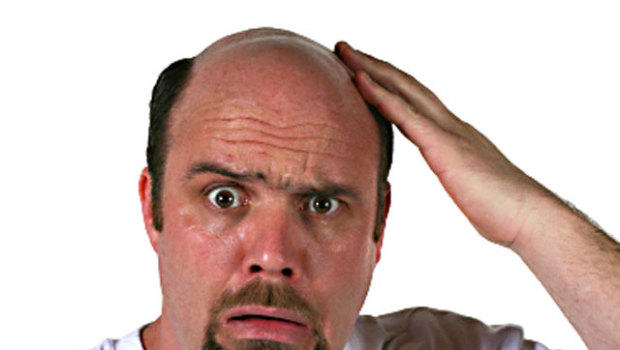 I am 18 years old and am already noticing that my hairline is beginning to recede. Granted, baldness runs in my family so maybe I should have seen this coming. Over 50 percent of men will have to deal with this problem by the time they are 50, and it can be quite demoralizing. So is there an answer to male pattern baldness? Medicine is good right now and it is getting better, but there still is no perfect cure. Right now, the best thing we can do is delay the balding process. Maybe a look at what researchers are currently testing will show us what needs to be discovered and where science must eventually progress to help solve this issue.
I am 18 years old and am already noticing that my hairline is beginning to recede. Granted, baldness runs in my family so maybe I should have seen this coming. Over 50 percent of men will have to deal with this problem by the time they are 50, and it can be quite demoralizing. So is there an answer to male pattern baldness? Medicine is good right now and it is getting better, but there still is no perfect cure. Right now, the best thing we can do is delay the balding process. Maybe a look at what researchers are currently testing will show us what needs to be discovered and where science must eventually progress to help solve this issue.